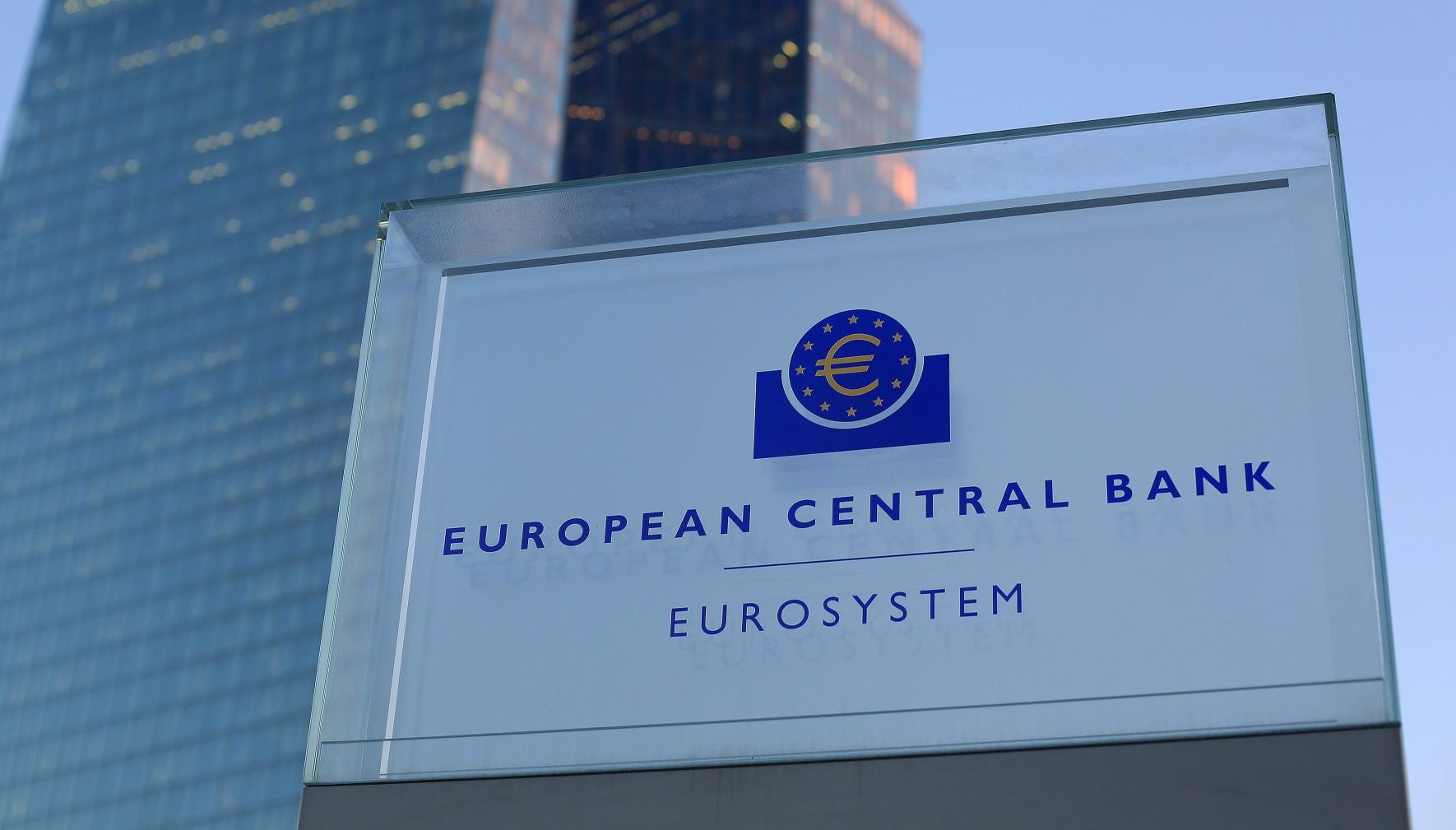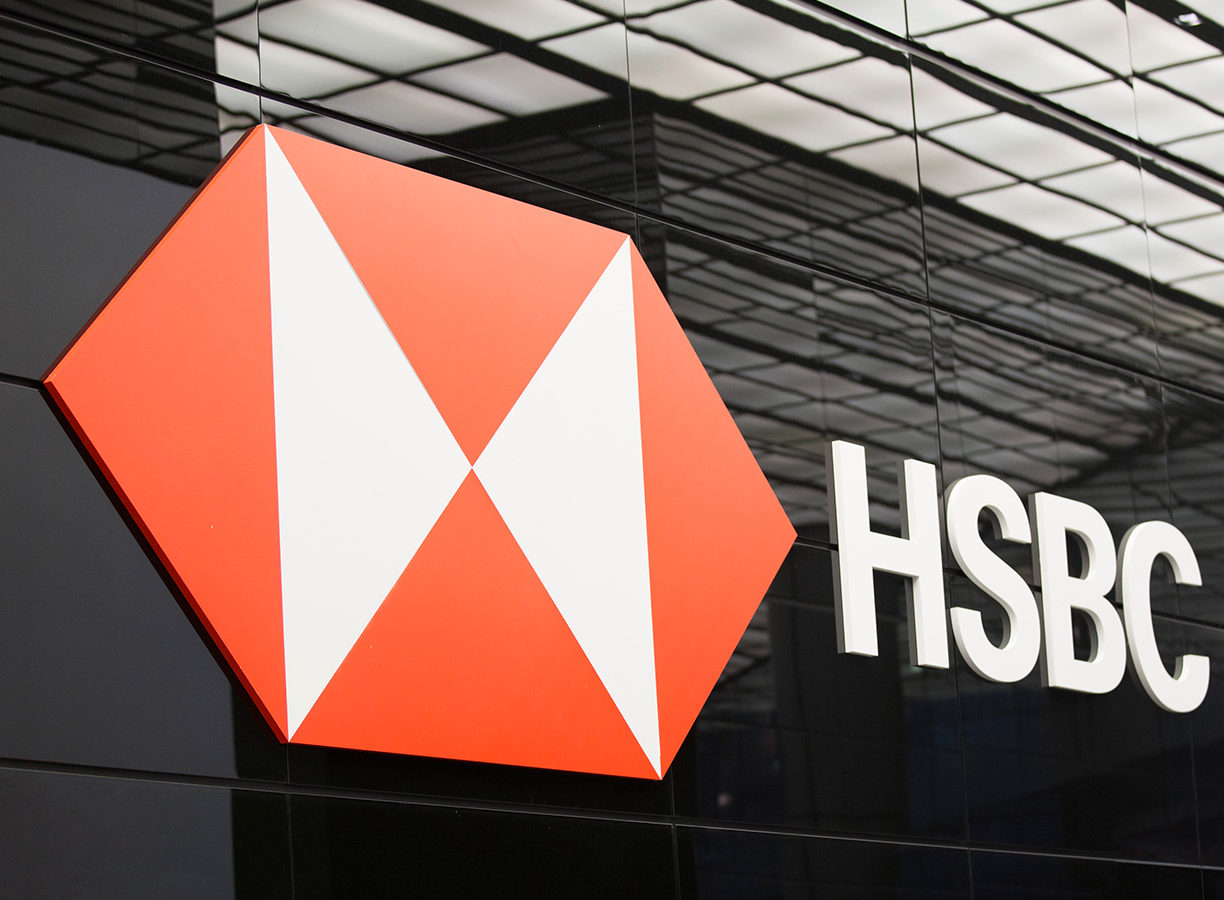The household saving rate in the euro area was at 19 per cent in the second quarter of 2021, compared with 21.5 per cent in the first quarter of 2021.
This tallies with reports across the global economy showing how household savings had reached new highs due to the closure of many businesses at the height of the pandemic, leaving consumers few options on where to spend their money.
Indeed, this phenomenon also took place in Malta, with bank deposits found to have increased by half a million last year.
This latest savings rate is still the third-highest value since the beginning of the time series in 1999 (the highest was 25.2 per cent in the second quarter of 2020 when most businesses were ordered shut simultaneously).
Data comes from a first release of seasonally adjusted quarterly European sector accounts from Eurostat, the statistical office of the European Union.
At the same time, the household investment rate in the euro area increased from 9.2 per cent to 9.4 per cent in the second quarter of 2021, the highest value since 2011.
In the second quarter of 2021, the business profit share decreased from 41.6 per cent to 41.2 per cent in the euro area.
The business investment rate in the euro area decreased to 23.6 per cent, compared with 23.9 per cent in the first quarter of 2021. The peaks of the investment rate of non-financial corporations observed in 2015Q2, 2017Q2, 2019Q2, 2019Q4 and 2020Q1 are related to large imports of intellectual property products reflecting globalisation effects.
Household saving rate and its components
The decrease of households’ saving rate in the euro area is explained by consumption increasing by 4.4 per cent, while households’ gross disposable income increased at a lower rate of 1.3 per cent.
Household investment rate and its components
The increase of household’s investment rate in the euro area is explained by a 2.9 per cent rise in gross fixed capital formation, while gross disposable income increased also, but at a lower rate (+ 1.3 per cent).
Non-financial corporations profit share and its components
The decrease of business profit share in the euro area by 0.4 percentage points is explained by the increase of business gross value added at a lower rate (+1.1 per cent) than compensation of employees (wages and social contributions) plus taxes less subsidies on production (+1.6 per cent).
Non-financial corporations investment rate and its components
The decrease of business investment rate in the euro area by 0.3 percentage points is explained by the slight decrease (-0.4 per cent) of business gross fixed capital formation, while gross value added increased by 1.1 per cent.
ECB lowers key interest rates by 25 basis points in response to inflation outlook
While inflation remains high, the ECB projects it will ease in the second half of next year
HSBC Malta share price drops sharply following strategic review announcement
Market analysts suggest that the uncertainty surrounding the review, with speculation of an impending sale, has fuelled investor concerns
‘This is true one-touch implementation designed with SMEs in mind’ – Roderick Farrugia, CIO, Melita Limited
A walk through the primary cybersecurity threats facing today’s SME’s and Melita’s practical solutions to combat them






